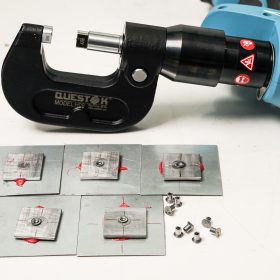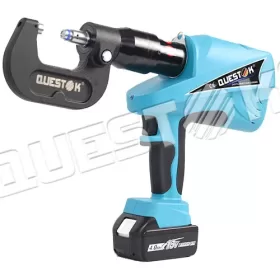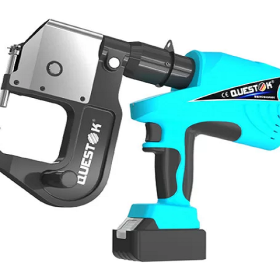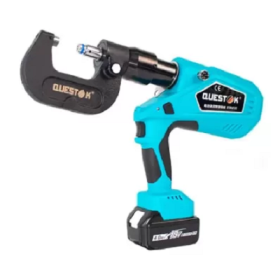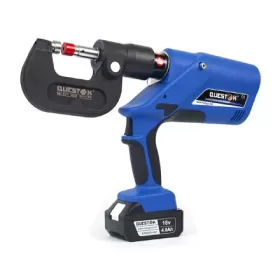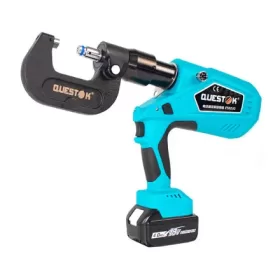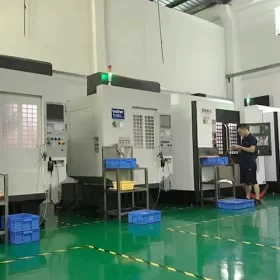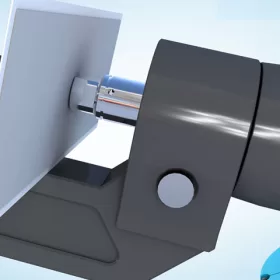Factors to Consider When Selecting Stainless Steel Hollow Rivets
In the realm of industrial fasteners, stainless steel hollow rivets stand out as a versatile solution for joining critical components. Their unique combination of strength, corrosion resistance, and cost-effectiveness makes them indispensable in a wide range of applications. However, selecting the ideal hollow rivets for your project requires careful consideration of several key factors.
Material and Grade:
The primary factor to consider is the material composition of the rivets. Austenitic stainless steel grades, such as 304 and 316, offer superior corrosion resistance and are suitable for general-purpose applications. Martensitic grades, like 410 and 431, provide higher strength but may be more susceptible to corrosion. Consider the corrosive environment and the load-bearing requirements when choosing the material and grade.
Dimensions and Hole Size:
The dimensions of the rivets, including their diameter, length, and head type, should match the holes in the materials being joined. The diameter of the rivet should be slightly larger than the hole size to ensure a secure fit. The length of the rivet should be sufficient to allow for sufficient upset and filling of the hole. Common head types include flat, rounded, and countersunk.
Head Configuration:
The head configuration of the rivet plays a functional and aesthetic role. Flat heads provide a flush surface, while rounded heads offer a slightly raised profile. Countersunk heads recess below the surface of the material, creating a smooth appearance. Choose the head configuration based on the desired appearance and the application requirements.
Mandrel Material:
The mandrel is the removable pin that forms the head of the rivet during installation. Mandrels can be made from various materials, including stainless steel, aluminum, and copper. Stainless steel mandrels provide strength and corrosion resistance, while aluminum and copper mandrels offer lower cost. Consider the strength and corrosion requirements of the application when selecting the mandrel material.
Installation Method:
The method of installation can impact the choice of rivets. Manual riveting tools are suitable for low-volume applications, while power-operated riveters offer higher speed and consistency. Consider the volume of rivets being installed and the availability of specialized equipment.
Additional Considerations:
Other factors to consider include:
Surface finish: The surface finish of the rivets, such as bright or passivated, can affect their corrosion resistance and appearance.
Blind versus open installation: Blind rivets can be installed from one side, while open rivets require access to both sides of the workpiece.
Environmental considerations: The operating environment and potential exposure to chemicals or extreme temperatures may influence the choice of rivets.
By carefully considering these factors, you can select the optimal stainless steel hollow rivets for your project, ensuring a secure, durable, and corrosion-resistant connection.
- Company News
- Industry News
- Tag
- Tags
-
The Advantages of Questok Rivet Guns: Precision, Efficiency, and Durability
In industrial fastening applications, the choice of tools directly impacts productivity, safety, and long-term cost-effectiveness. Questok rivet guns have emerged as a standout solution for professionals across aerospace, automotive, and construction sectors. Combining advanced engineering with user-centric design, these tools deliver unmatched performance. Below are the key advantages that make Questok rivet guns a preferred choice:
-
Rivet Gun FAQ
Rivet Gun FAQ-SPR
-
Fast Assembly and Repair With Cordless Solid Rivet Gun
Questok cordless solid rivet gun stands out as a pivotal innovation, merging portability with power to facilitate efficient and effective fastening in a myriad of applications.
-
Redifine The Role of Self-piercing Riveting Gun Machine
Self-piercing riveting adopts high-speed mechanical fastening skill that joins thin sheet materials, typically steel and aluminum alloys.
-
The Latest Innovations in Clinching Tool Design
Explore the latest innovations in clinching tool design, redefining precision, efficiency, and versatility in material joining.
-
The Application and Maintenance of Self-Piercing Rivet Guns
Delve into the applications of self-piercing rivet guns in the automotive and aerospace industries and reveal the essential maintenance practices that ensure their accuracy and efficiency.
-
Rivetless Riveting Gun for Ventilation Duct Projects
The ventilation duct rivetless gun is a tool for riveting ventilation ducts without rivets.
-
Guide to Using Self-Piercing SPR Riveting Gun
In the automotive industry, self-piercing SPR (Self-Piercing Rivet) riveting guns are commonly used for joining metal components in vehicle bodies, including BMW vehicles.
-
Rivet Gun FAQ
Rivet Gun FAQ-SPR
-
Versatile Fastening- Applications of the Handheld Rivet Gun Across Industries
In the realm of fastening, the handheld rivet gun stands as a testament to ingenuity and versatility. Its ability to effortlessly join materials with sheer strength and permanence has revolutionized manufacturing and construction processes, leaving an enduring mark on diverse industries. Aerospace: Where precision and reliability are paramount, the rivet gun shines. In aircraft assembly, […]
-
Time-Saving Tools- Speeding Up Projects with Electric Blind Rivet Guns
In the whirlwind of project deadlines, every minute counts. But what if there was a tool that could dramatically reduce assembly time, giving you an edge in the race against the clock? Enter the electric blind rivet gun: your secret weapon for lightning-fast and effortless riveting. Electric blind rivet guns are the ultimate time-savers for […]
-
Streamlining Fastening- How an Electric Blind Rivet Gun Enhances Efficiency
Introduction In the realm of manufacturing and assembly, fastening plays a crucial role in securing components and ensuring structural integrity. Traditional manual rivet guns, while reliable, are often time-consuming and labor-intensive. The advent of electric blind rivet guns has revolutionized the fastening process, significantly enhancing efficiency and productivity. This article delves into the benefits of […]
-
Top Trends in Electric Rivetless Clinching Guns
In the realm of fastening technology, electric rivetless clinching guns have emerged as a revolutionary solution for a wide range of industrial applications. These advanced tools offer several преимущества and capabilities, revolutionizing the way businesses approach their fastening needs. Adoption of Brushless Motors Brushless motors have gained significant traction in electric rivetless clinching guns due […]
-
Top Features and Benefits of Universal Self-Piercing Riveting Guns
In the realm of metalworking, precision and efficiency are paramount. Universal self-piercing riveting guns, often referred to as self-pierce riveting guns, embody these qualities, offering remarkable benefits for various applications. These innovative tools feature technologically advanced functions that enhance productivity, reliability, and overall performance, making them indispensable in industries such as aerospace, automotive, construction, and […]
-
The Role of Automation in Electric Rivetless Clinching
Electric rivetless clinching (ERC) is a lightweight joining process that eliminates the need for rivets or other fasteners. This can lead to significant cost savings and increased production efficiency. Automation plays a critical role in ERC, enabling high-speed and high-volume production. Automated Feed Systems Automated feed systems are used to accurately position the two workpieces […]
-
Why Choose a Universal Self-Piercing Riveting Gun for Your Projects?
In the realm of construction and fabrication, riveting guns stand as indispensable tools for creating secure and robust connections. Among the various types available, universal self-piercing riveting (SPR) guns have emerged as a game-changer due to their versatility and efficiency. This article will delve into the compelling reasons why choosing a universal self-piercing riveting gun […]
